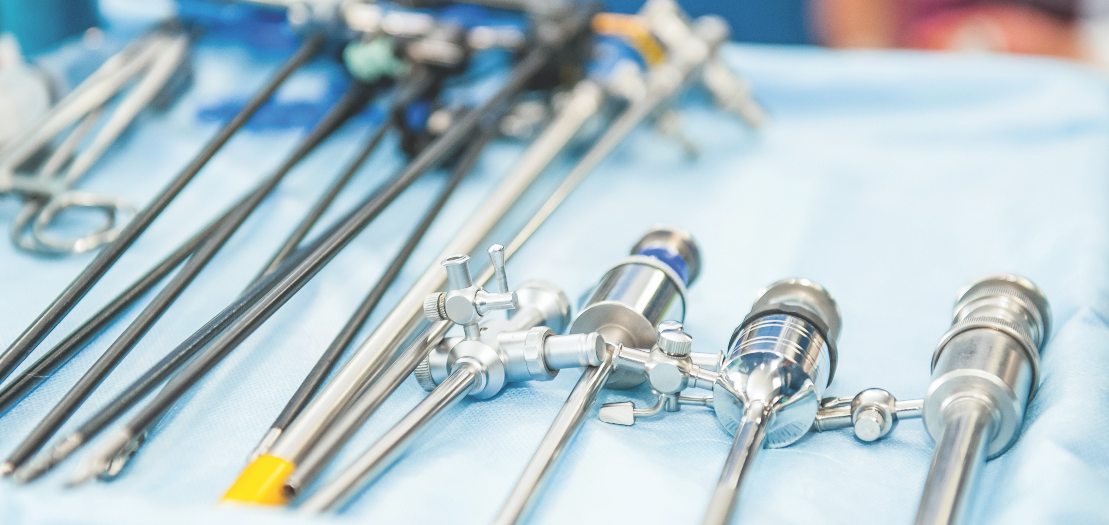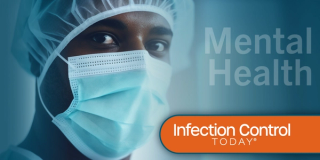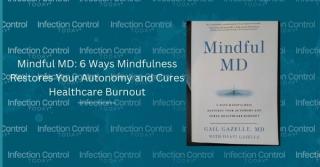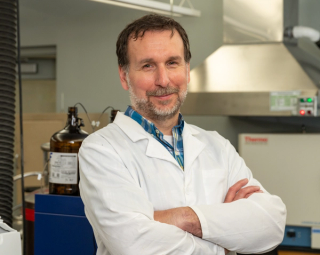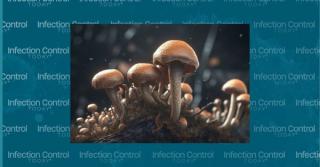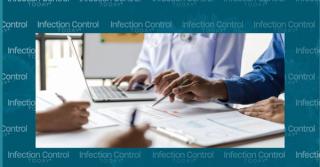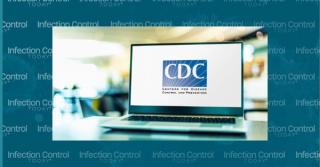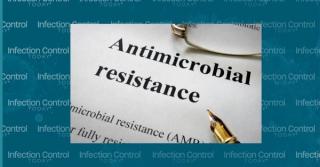
Videos
Latest News
Latest Videos

More News

Pro: Health care professionals work around vulnerable patients, and in environments that might be contaminated by COVID-19. Con: Patients want to see their caregiver’s face.
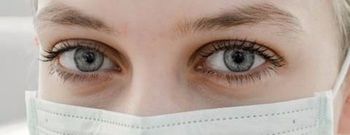
Joshua Nosanchuk, MD, Programs Chairperson for ID Week: “What the infection preventionists are doing I think is a true blessing for our community. And not always as well recognized as it should be…. I just want to say thank you to all the people that are doing this work.”
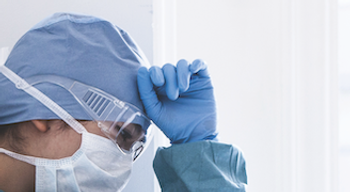
Rebecca Leach, MPH, BSN, RN, CIC: “[Compassion fatigue is] a hard topic for us because we’re not used to talking about this kind of thing in infection prevention. We’re very much focused on evidence-based care and standards. And so, this delves into a little bit of dealing with our emotions, right? And in health care, we don’t talk about that kind of thing.”
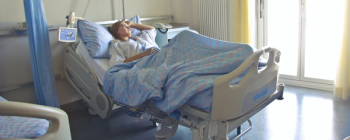
The CDC’s Runa Gokhale, MD, MPH: “I think that there is a role for infection preventionists to play here, and they are a community that we’ve been trying to engage through some of our sepsis awareness and sepsis prevention efforts.”
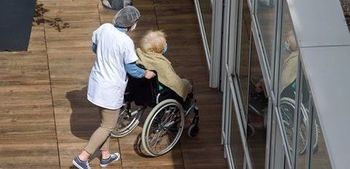
Linda Spaulding, RB-BC, CIC: “The time to hold nursing homes accountable is not the time when everything’s falling apart, and they don’t know what to do, and there’s nobody there to guide them.”
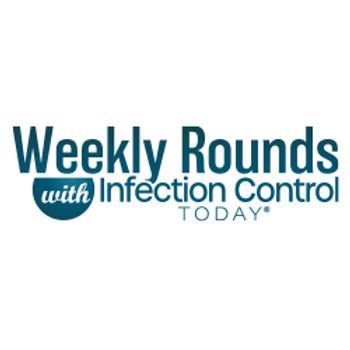
Take 5 minutes to catch up on Infection Control Today’s highlights for the week ending August 13.
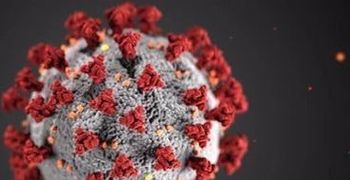
Kevin Kavanagh, MD: “COVID-19 is not just respiratory, it affects every organ of the body. This is a serious type of infection. And we need to be focusing on trying to keep this virus from spreading, plus protecting our young.”

G. Rumay Alexander, EdD, RN: “When experience shows up, it speaks and it speaks loudly. It usually shows up as a feeling, or a thought, or a belief, or a decision about who’s worthy of getting the best care, or the minimum amount.”
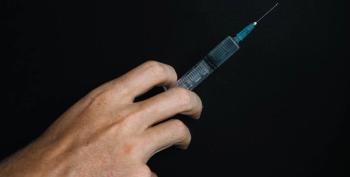
Kevin Kavanagh, MD: “I am convinced this virus is about one or two iterations away from completely avoiding the vaccine. And remember, we have the lambda variant and the kappa variant which are sitting out there in the wings, waiting for immunity to drop and possibly cause another wave.”

Ashish Mathur, PhD: “Today, there are no uniform industry standards to evaluate the efficacy of UVC devices. The onus is up to the infection preventionist to make sure and confirm that whatever claims have been made for the device are being substantiated by clinical evidence and third-party testing.”

Heather Saunders MPH, RN, CIC: “I think [infection preventionists] really need to be aware of what the efforts are at their state health departments and how they can collaborate with those efforts. IPs need to also have their own surveillance systems in place. They need to know what they’re looking for.”

Take 5 minutes to catch up on Infection Control Today®’s highlights for the week ending July 9.
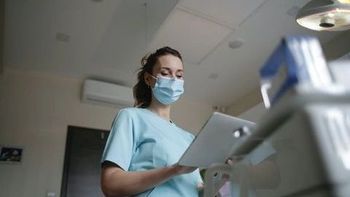
Tania Bubb, PhD, RN, CIC: “I think there are many heroes to celebrate, but specifically, because we’re talking about infection preventionists, I want to highlight the work that they have done, and the positions that they had to manage and the flexibility and the agility that they had to exhibit during the pandemic.”

Elizabeth Jefferson, PhD, CIC: “You have to really pay attention and make sure that it [Candida auris] stays contained so that you don’t have an outbreak. It just takes one case.”
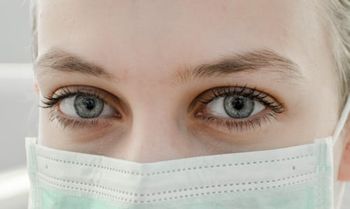
Holly Taylor, MPH, CIC: Using retired IPs can “create a little bit more bandwidth within the department when you have potentially prolonged vacancies because we do know that IP staffing vacancies last longer than other health care vacancies.”
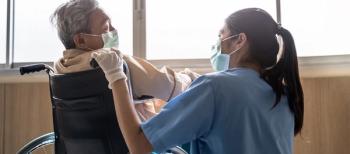
Karen Jones MPH, RN, CIC: “It’s really key to have a good written infection prevention and control plan at the hospital level but then also at the nursing home level. And what keeps that up to date? It’s an infection preventionist who’s knowledgeable, who’s been educated, who’s been trained, who’s certified.”
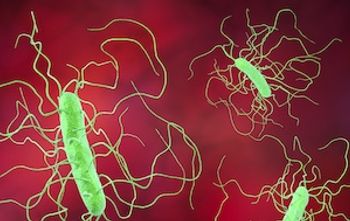
Barbara Smith, RN, BSN, MPA, CIC: “I think that we need to do a little bit more with the public in terms of antibiotic use in the community. So that they’re not at risk for C. diff for whatever reason later in their life.”

Paul Sax, MD: “It’s almost inevitable that even though we’re at very low infection rates right now that that's going to increase when the season changes, again, in the fall and winter. Coronaviruses are seasonal.”

The CDC’s Lynnette Brammer: “We always had talked about being prepared for an influenza pandemic. And being able to scale up our systems. Well, COVID scaled up our systems way more than we ever dreamed about scaling up for.”
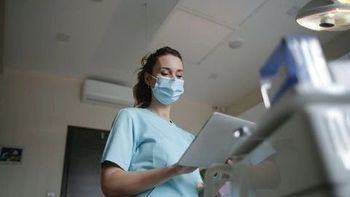
Jody Feigel, RN, MSN: “A few years ago, nobody wanted to hear from infection prevention. Now, everybody wants to hear from infection prevention.”
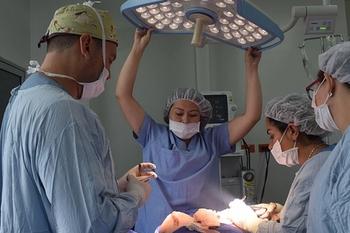
Linda Spaulding RN, BC, CIC: “It only takes you saying something a couple times that the OR knows is absolutely absurd and incorrect, and it’s going to ruin the relationship for a long time. Infection preventionists really need to take the responsibility of learning.”

Kevin Kavanagh, MD: “India has the double mutation [COVID-19] variant. That’s the variant that has two escape mutations. And that is a variant we do not need to get into the United States and have it spread. Infection preventionists need to be out there beating the drum. First in their facility: They need to get everybody vaccinated.”

Luke Daum, PhD: “With regards to testing in the US, no other country compares to us. We do a great job in all 50 states of testing, having turnaround testing for using qPCR collection for at-home, or through the drive-through centers at CVS or Walgreens.”
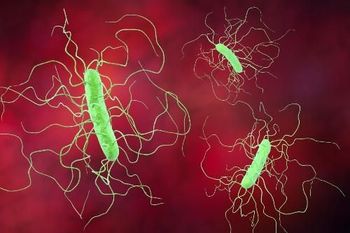
Meri Pearson, MPH, CIC: “Infection preventionists still need to do those active audits to make sure that they’re actually seeing what’s happening at the bedside.”
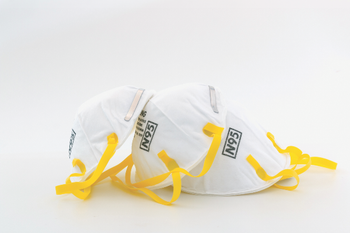
Christina Yen, MD: “For any infection preventionists who are thinking about or are reviewing the need for VHP sometime in the future, just know that those colleagues that we’ve relied on this time around are going to be there and are going to be your partners in the VHP process.”




